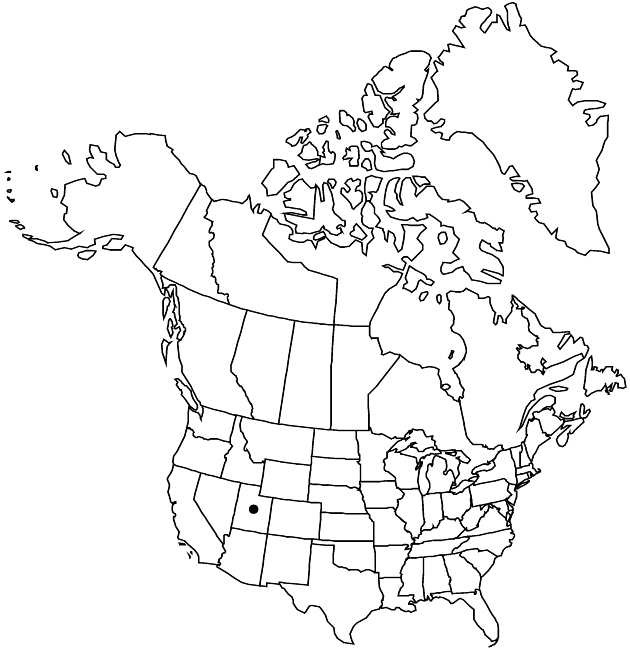Difference between revisions of "Ericameria obovata"
Phytologia 68: 152. 1990.
FNA>Volume Importer |
imported>Volume Importer |
||
| Line 8: | Line 8: | ||
}} | }} | ||
|common_names=Rydberg’s goldenbush | |common_names=Rydberg’s goldenbush | ||
| + | |special_status={{Treatment/ID/Special_status | ||
| + | |code=E | ||
| + | |label=Endemic | ||
| + | }} | ||
|basionyms={{Treatment/ID/Basionym | |basionyms={{Treatment/ID/Basionym | ||
|name=Macronema obovatum | |name=Macronema obovatum | ||
| Line 59: | Line 63: | ||
|publication title=Phytologia | |publication title=Phytologia | ||
|publication year=1990 | |publication year=1990 | ||
| − | |special status= | + | |special status=Endemic |
| − | |source xml=https:// | + | |source xml=https://bibilujan@bitbucket.org/aafc-mbb/fna-data-curation.git/src/bb6b7e3a7de7d3b7888a1ad48c7fd8f5c722d8d6/coarse_grained_fna_xml/V19-20-21/V20_122.xml |
|tribe=Asteraceae tribe Astereae | |tribe=Asteraceae tribe Astereae | ||
|genus=Ericameria | |genus=Ericameria | ||
Revision as of 20:44, 27 May 2020
Plants 20–40 cm. Stems erect to ascending, green, becoming tan, branched, stipitate-glandular. Leaves ascending; blades obovate to spatulate (flat), 10–30 × 4–12 mm, midnerves evident (1–2 collateral nerves sometimes present, abaxial reticulum of secondary veins often evident), (margins often undulate) apices obtuse, apiculate, faces densely stipitate-glandular; axillary fascicules usually absent. Heads in cymiform to racemiform arrays (1–3 cm wide). Peduncles 1–7 mm (stipitate-glandular). Involucres obconic, 6–8 × 4–7 mm. Phyllaries 22–28 in 4–6 series, tan, ovate to elliptic, 1–6 × 0.5–1.2 mm, strongly unequal, mostly chartaceous, midnerves evident, (margins narrowly membranous, entire or minutely lacerate) apices acute to acuminate, abaxial faces mostly stipitate-glandular, resinous. Ray florets 4–9; laminae elliptic, 3.5–6 × 1.2–1.8 mm. Disc florets 9–15; corollas 6.2–6.8 mm. Cypselae tan to reddish brown, columnar, 3.5–4.5 mm [ribs unknown], villous; pappi tan, 4–5.5 mm. 2n = 36.
Phenology: Flowering late summer–fall.
Habitat: Open rocky soils, mostly associated with desert shrub, pinyon-juniper, and lower ponderosa pine
Elevation: 1500–3400 m
Discussion
Selected References
None.
